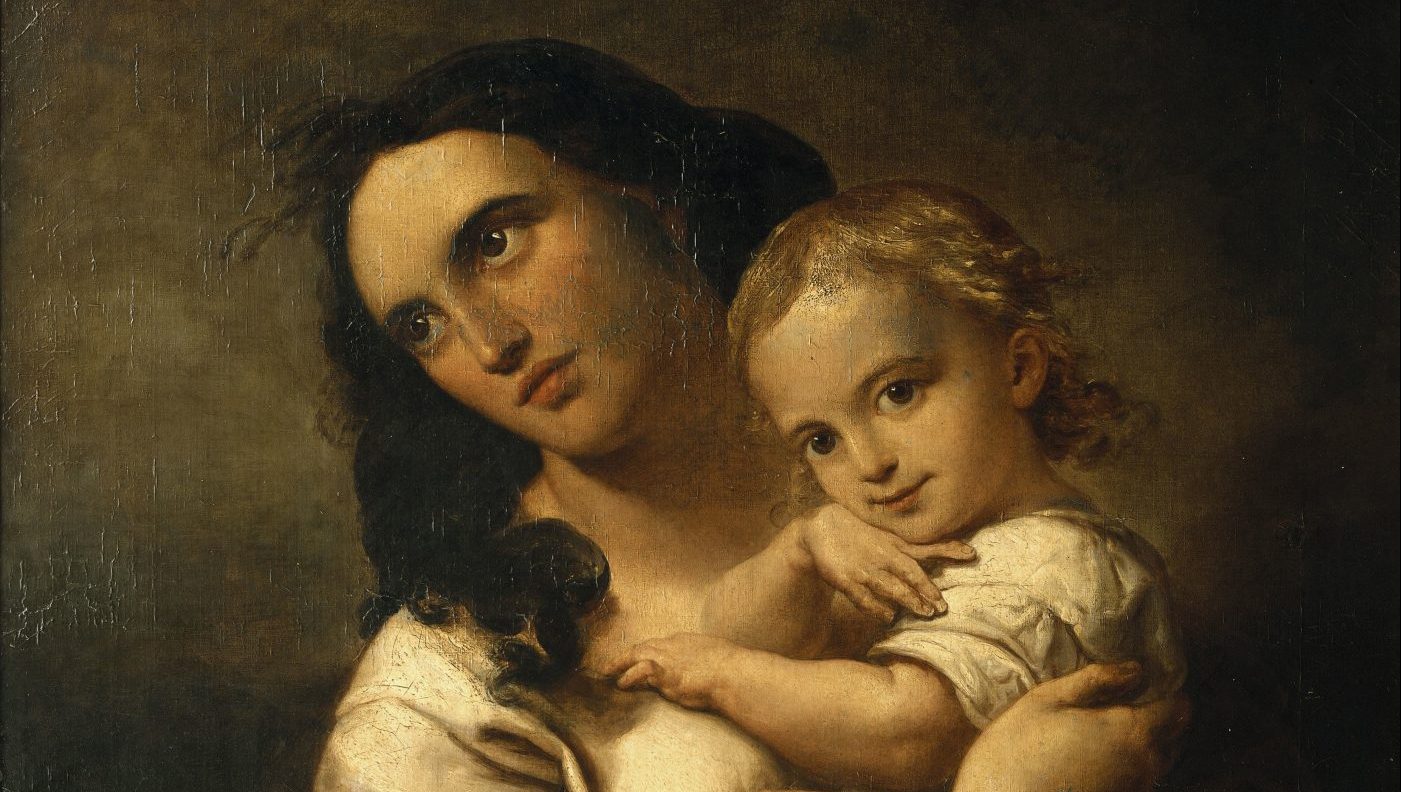In the late evening of October 2, 1829, a young woman in Berlin excused herself from a room full of guests, went to her study, sat down at her desk, opened a book of manuscript paper, dipped her pen in the inkwell and began to write music. The first chords came hesitantly at first, then as the progressions and melody formed more clearly in her mind the pen scratched quickly over the paper to the faint accompaniment of her foot keeping time on the floor.
It was the night before her wedding and Fanny Mendelssohn was writing music to accompany her own marriage ceremony. Having planned to use Bach’s Pastorella as the recessional she hadn’t located the score anywhere in the house and had no chance of obtaining a replacement at such short notice. There was only one thing for it – she would have to write her own.
It was only the second piece for organ she’d ever written. The first had been
composed a week earlier when news came that her brother, the composer
Felix Mendelssohn, had been injured in a carriage accident in London and
would not make it home for his beloved sister’s wedding. This meant the
processional piece he’d promised to compose for the ceremony wouldn’t either.
Whether the guests at the following day’s ceremony were aware that the music they heard had been written by the bride herself is not recorded, but a
lack of acknowledgement of her extraordinary talents as a composer was something to which Fanny Mendelssohn had become accustomed.
Felix, four years her junior, would blaze a trail as one of the greatest composers of the western musical canon, yet when they studied together as children it was Fanny who displayed the greater flair for composition and gift for performance. Yet while her brother would enjoy a stellar career, Fanny had to content herself with Sonntagsmusiken, Sunday recitals for
small audiences of invited guests at her Berlin home.
She may have been at least as gifted, if not more so than her illustrious brother but Fanny was a woman, making any kind of career in music off limits. Her father had even told her as much.
“Music will perhaps become [Felix’s] profession,” Abraham Mendelssohn
informed a teenage Fanny in 1820, “while for you it can and must be only
an ornament, never the root of your being and doing.”
Yet the music never stopped flowing out of her. Of the 450 works she composed, including 125 piano pieces and more than 250 Lieder, barely a
handful were heard outside those Sunday salons and it’s only in recent
decades that Fanny Mendelssohn has been rediscovered and re-evaluated.
The Mendelssohns were a wealthy Hamburg Jewish family – Fanny’s grandfather had been the philosopher Moses Mendelssohn – who moved to
Berlin when Fanny was four years old. She received early piano lessons from
her mother, Lea, who had declared Fanny at birth to have “Bach fugue fingers”. She showed immense promise from an early age, and by the age of 14 could play all 24 complex preludes from Bach’s The Well-Tempered Clavier from memory.
She and Felix studied together and even into adulthood continued to support and critique each other’s creations and performances, but he too disapproved of any notion that Fanny might publish her own compositions. In 1837 he wrote to his mother, “From my knowledge of Fanny I should say that she has neither inclination nor vocation for authorship… She regulates her house, and neither thinks of the public nor of the musical world, nor even of music at all, until her first duties are fulfilled. Publishing would only disturb her in these, and I cannot say that I approve of it.”
The siblings remained close despite in effect going their separate ways in 1829, when Felix embarked on a series of travels designed to broaden his musical education and Fanny married the court painter Wilhelm Hensel, 11
years her senior.
The couple had fallen in love when Fanny was 16 and Hensel was an impoverished student artist. Her parents, established by then as pinnacles of Berlin society, could never agree to such a match. Wilhelm went away to continue his studies abroad, but when he returned seven years later to renew his suit, having just been appointed court painter to Friedrich Wilhelm III of Prussia, it was a different story.
In contrast to the Mendelssohn men, Hensel was fully supportive of his wife’s musical creativity, to the extent that he made it a condition of their marriage that she continue composing.
Sometimes, before disappearing into his studio in the morning, Hensel would even hand Fanny sheets of manuscript paper and tell her he wanted to see them filled with new music by the end of the day.
In return, Fanny occasionally posed for his paintings, including Miriam’s Song of Praise, based on the Old Testament story of the Israelites escaping from Egypt, in which she appears at the head of a group of musicians after the parting of the Red Sea. In London in 1838 Hensel presented the painting to Queen Victoria, who commented on the beauty of Miriam and gifted Hensel a diamond and an emerald ring in appreciation.
This would not be the only occasion on which the British queen would be
inadvertently impressed by Fanny Mendelssohn. In 1827, in a backhanded
endorsement of his sister’s abilities, Felix had allowed her to publish six of
her Lieder, including one called Italien, but under his name.
Fifteen years later Felix, by then a popular and established figure on the European scene, was invited to Buckingham Palace to perform for Victoria, who asked that he play her favourite of his songs. When Mendelssohn replied that it would be his pleasure and enquired which that might be, Victoria replied, “Italien”.
In 1846, at the age of 40 and encouraged by the French composer Charles Gounod, Fanny finally decided to defy both convention and the men in her family to publish some of her compositions. The first works were a great success and it seemed she would finally achieve some of the recognition she deserved.
She was preparing more manuscripts on May 14 1847, buoyed by the publication that day of a gushing review of her Gartenlieder in a prestigious
musical journal, when, during a Sonntagsmusiken rehearsal at home with
a choir, she suddenly lost the feeling in her hands. Leaving the room to massage them, she told the choir to keep singing, called out, “how beautiful it sounds”, then collapsed from a stroke and died within hours.
On the day before she died, Fanny had composed a song, Bergeslust (Mountain Rapture), based on a poem by Joseph von Eichendorff. The last lines and the music that accompanied them, the last notes Fanny Mendelssohn ever created, are inscribed on her gravestone.
The words are “Gedanken geh’n und Lieder fort bis ins Himmelreich” – which
means “Our dreams and songs rise up until they reach the kingdom of heaven”.




